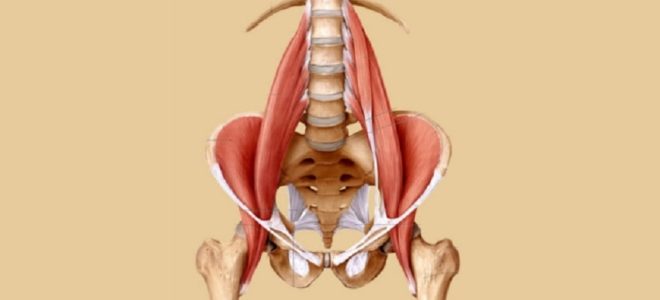Sacred Dreams “I release my parents from the feeling that they have already failed me. I release my children from the need to bring pride to me; that they may write their own ways according to their hearts, that whisper…
6 Tricks To Shift Your Mental Focus From Negative To Positive

6 Tricks To Shift Your Mental Focus From Negative To Positive By Staff Contributor Even if you’re not directly affected by external negative forces, your past programming may catch you off guard. A positive mind helps raise your vibration. Having a…
The life of an Empath, and how to protect yourself, if you are one.

The life of an Empath, and how to protect yourself, if you are one. The only way Empaths can protect themselves from darkness, is to always stay connected to the inexhaustible Divine source of Light and Energy. When we embody…
You’re not behind in life.

Many many years ago, I used to listen to Pink Floyd’s “…you missed the starting gun” lyrics, and wondered if there was a starting gun with which I should have started my race in life. A lot of my friends…
The ‘Muscle of the Soul’ may be Triggering Your Fear and Anxiety

Enlightened Consciousness The ‘Muscle of the Soul’ may be Triggering Your Fear and Anxiety The psoas major muscle (pronounced “so-as”) is often referred to as the deepest core, or as yoga therapist and film-maker Danielle Olson states, the “muscle of…
Voice of an angel! Other than my talented sister Ava Bowers, Sarah Brightman truly lifts my spirit, and makes my soul soar. Enjoy! <3
